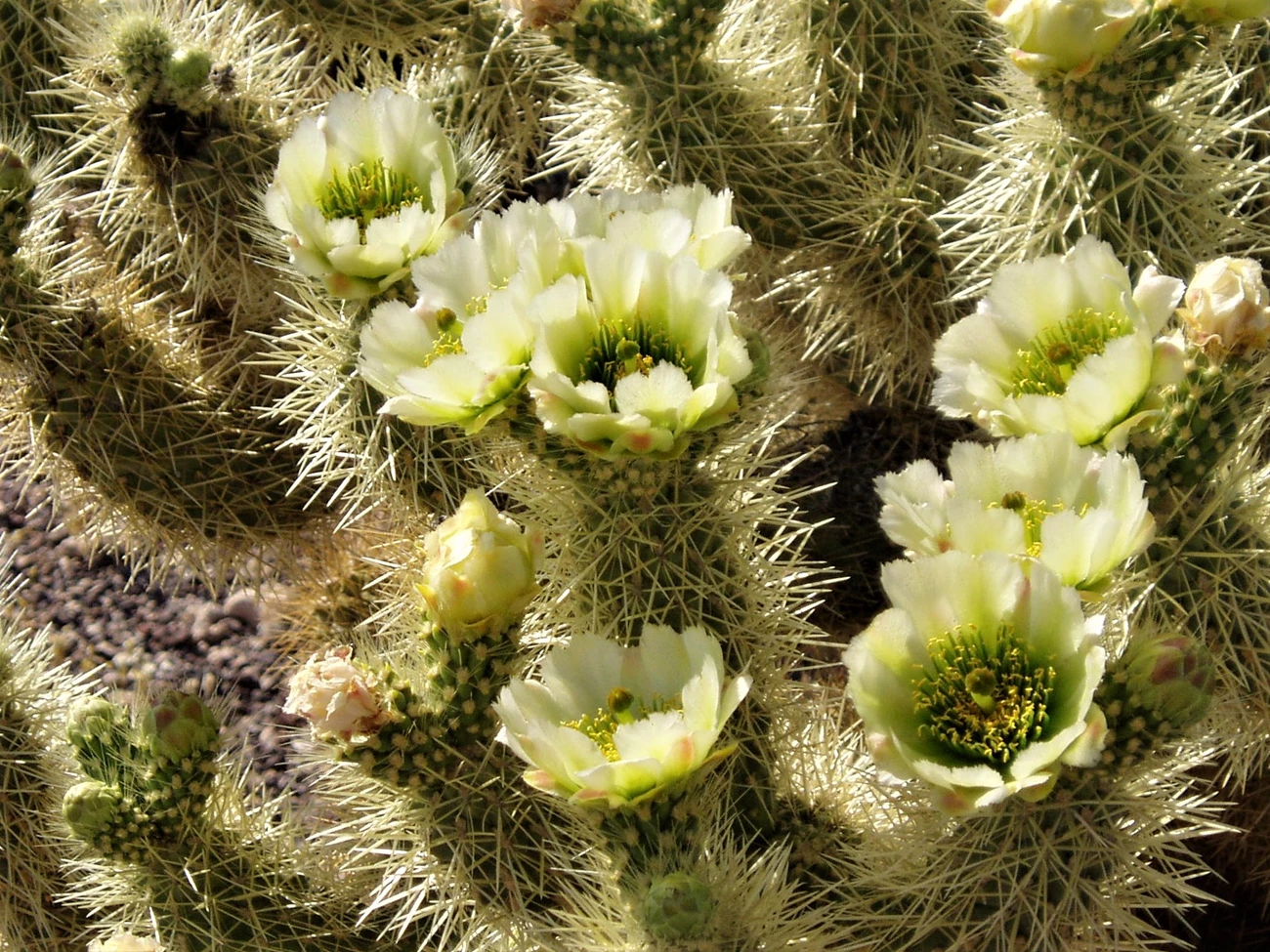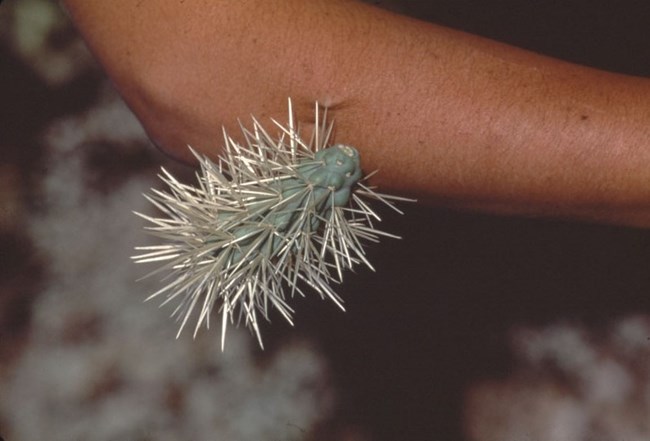
NPS Photo Organ Pipe Cactus National Monument lies in the heart of the Sonoran Desert and is home to all sorts of amazing life and inspiring beauty. This breathtaking landscape of extreme conditions and desert life is wonderous, yet can also be hazardous. Simply remembering to be aware of your surroundings, observing posted regulations, and knowing your limitations can mitigate most desert hazards. Learning the Leave No Trace principles can also help you preserve these natural areas for future generations. Border CrossingsAt all national parks, it is important to maintain situational awareness and take steps to ensure personal safety. The southern boundary of Organ Pipe Cactus National Monument is also the United States border with Mexico. Migrants and smugglers have been known to illegally cross the international border into the park. The park has established safety precautions to help protect you and to continue preserving this national treasure. While it is unlikely that you will encounter any illegal border activity, you should be aware of what to do should that situation occur. When hiking or camping in the park, be aware of your surroundings, let friends or family know where you are hiking and when you intend to return. If you encounter suspicious activity, avoid contact, call 911 and report the encounter to law enforcement. If you encounter people in distress, be sure to place your own safety first, call 911, and report the encounter to law enforcement.
Cell phone service may be spotty within the monument. Cell service and public Wifi is available at the Visitor Center located just west of highway 85 and just south of the campground 24 hours a day. Visit the Kris Eggle Visitor Center to speak to a ranger. TemperatureThe desert is a land of extreme temperatures: usually above 100F in the summer, and lows of 30F-40F in winter. Having the right equipment is important for a safe trip. Visit our weather page for current conditions. Apply sunscreen even to areas that are not exposed. The sun's damaging rays can penetrate clothing. In addition to sunscreen, wear a hat, long pants, and a light-colored long-sleeved shirt. Wear closed-toe shoes with good support. Reduce your activity during the hottest part of the day. Sit and cool off in the shade whenever it is available. DrivingMany visitor injuries in the monument result from motor vehicle accidents due to speeding and collisions. Animals crossing roads, horses, bicyclists, pedestrians and flooded washes (during the rainy seasons) are common along the roads. Border Patrol and Law Enforcement may need to pass visitors in an emergency, and there are many blind spots along the dirt roads. 
NPS Photo CactiDesert plants are cute, quirky plants with many unique adaptations to help them survive the intense heat and retain precious water. Many plants in the desert have spines, thorns, and sharp edges that provide shade from the scorching sun and help protect them from browsing animals trying to get moisture. Some even use their spines to as a means to reproduce, like the cholla! Venomous AnimalsUnless habituated to humans, wildlife rarely wants to be close to people and that includes venomous animals. These creatures simply wish to be left alone and be given their space - just like us! Rarely are they aggressive, but when feeling threatened, they will take steps to protect themselves and unfortunately that can mean a sting or bite for an unaware visitor! WildlifeJavelinas, skunks, coyotes, squirrels, deer, ravens, and other wildlife are all local residents of the Sonoran Desert. These wild animals are capable of foraging for their own food and water, and aren't tame like our housepets. Feeding these animals habituates them to the presence of humans, making them seem tame until a human gets a little too close for their comfort! Mountain LionsMountain lions are found within the monument and play a important role in the food web and ecosystem of the Sonoran Desert. Sightings are extremely rare; mountain lions see you long before you see them and usually leave the area long before visitors have found any traces of their presence. However, knowing how to avoid an encounter or what to do should an encounter with a mountain lion occur is always important.
|
Last updated: January 18, 2026
